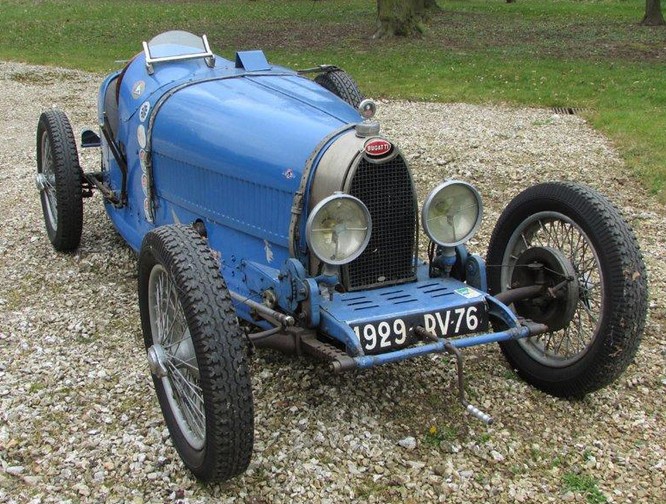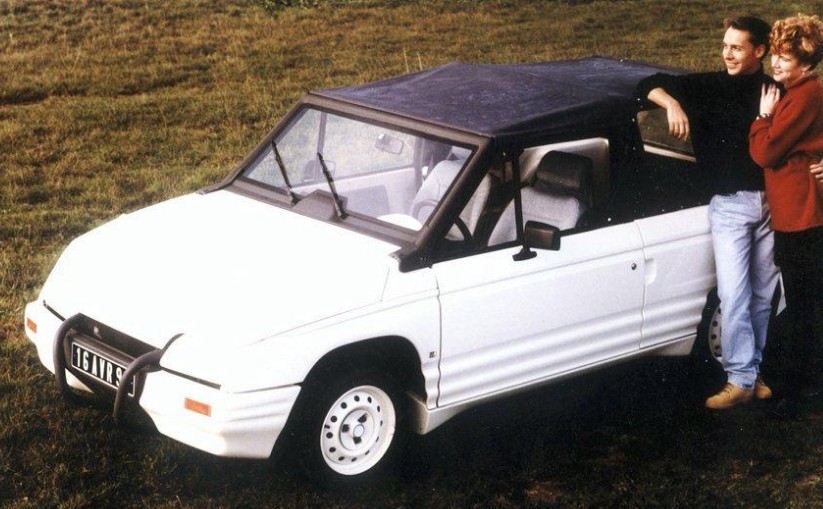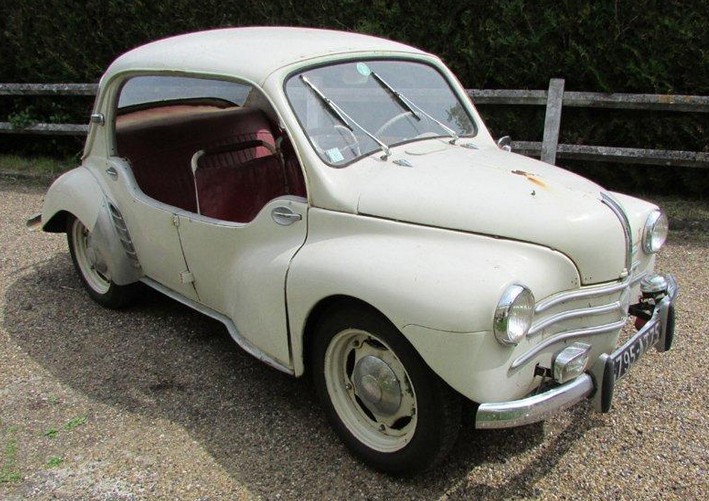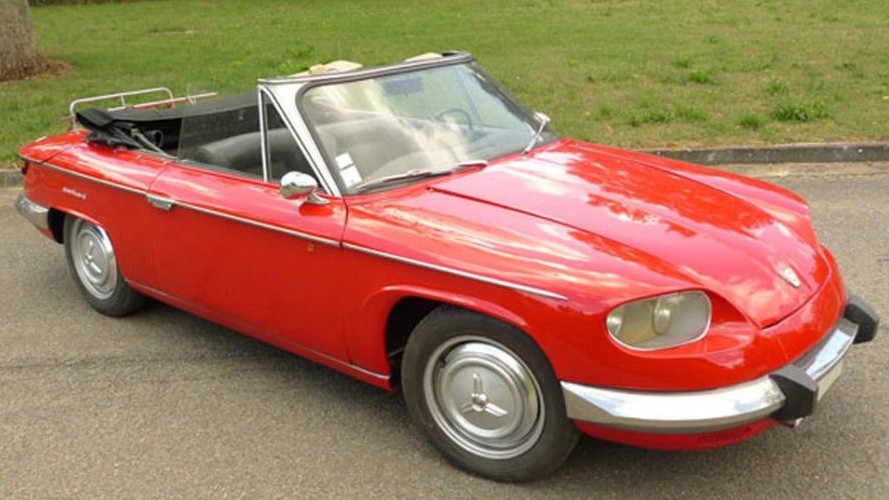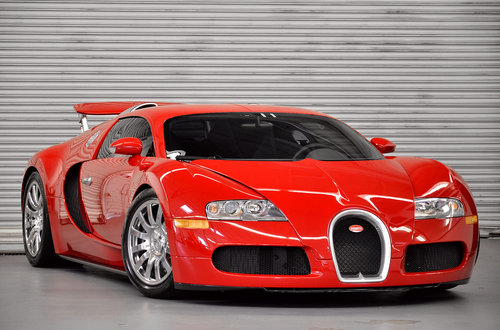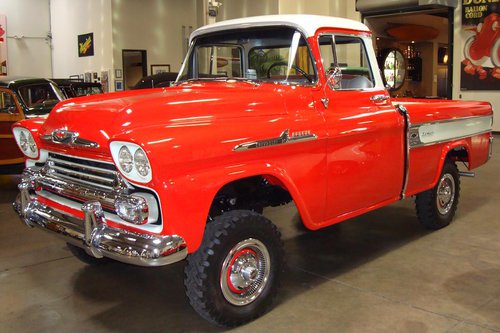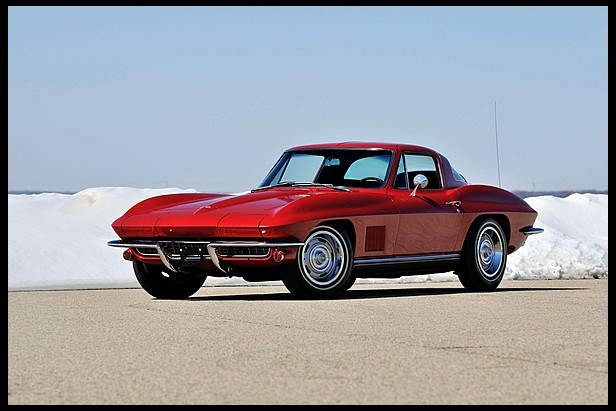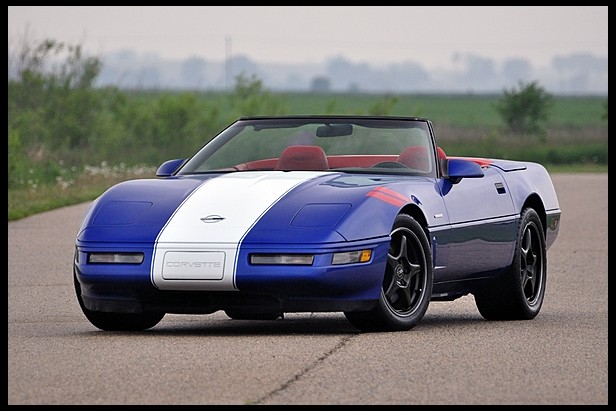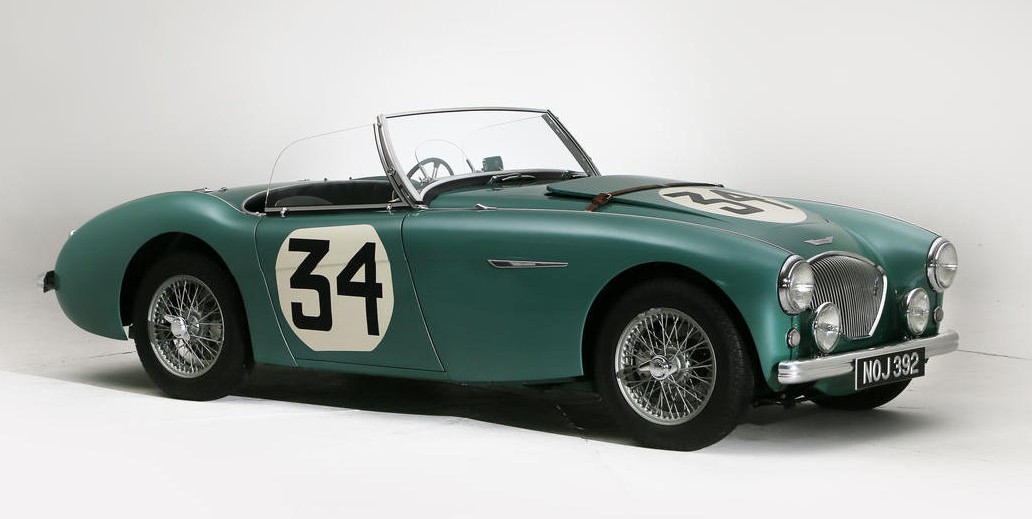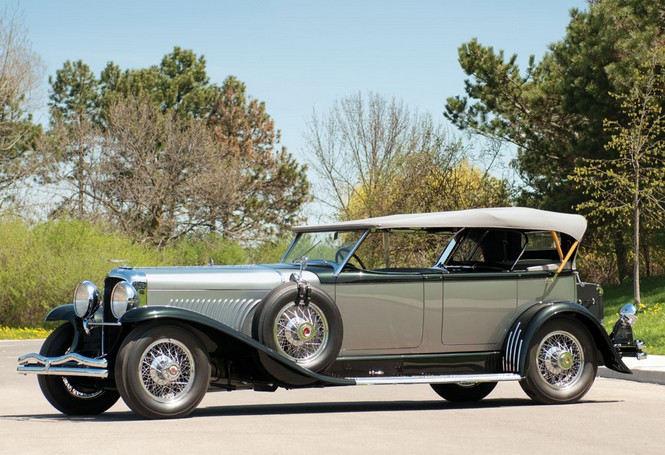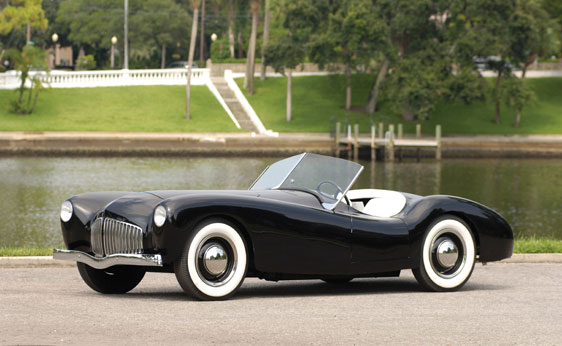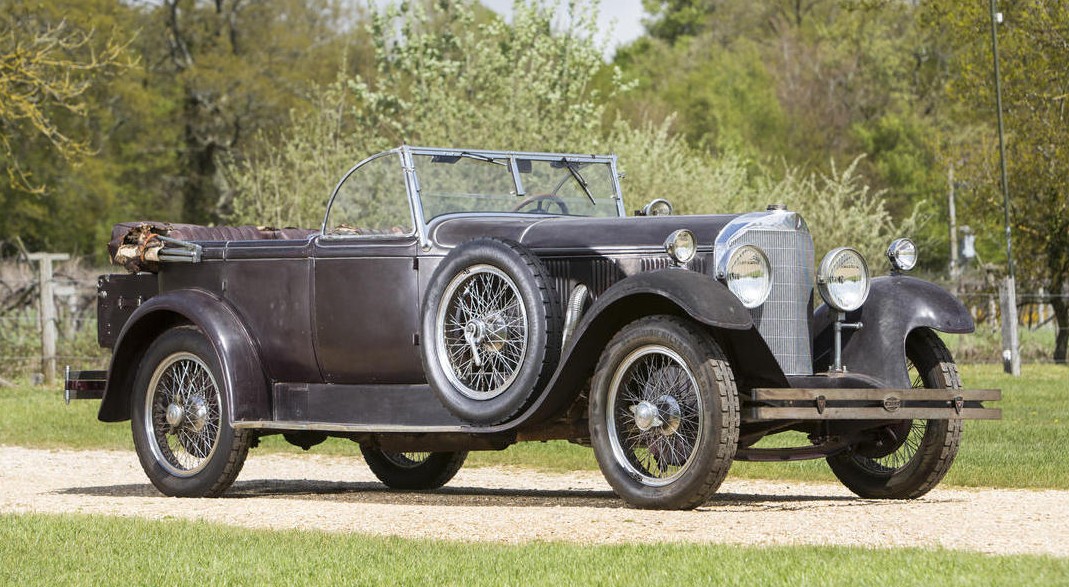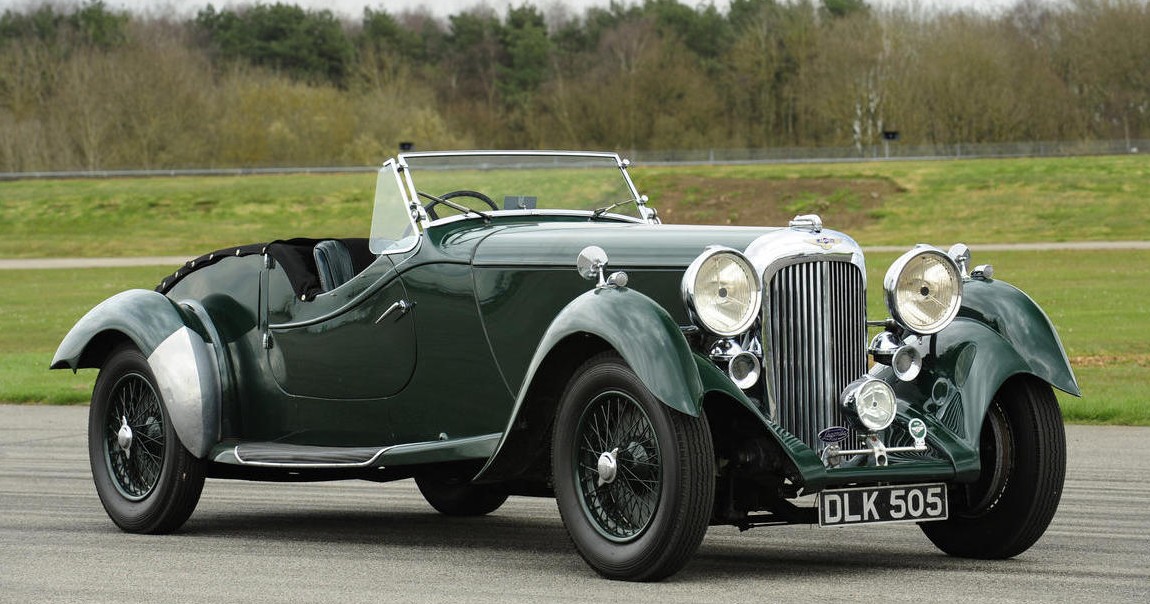Okay, so June was a busy auction month and this is our final rundown of sales for it. First up was Osenat’s Fontainebleau sale where the highest amount paid for any vehicle (there were some pricey boats) was this 1928 Bugatti Type 37 for $720,500.
Of our feature cars, the Deutsch-Bonnet race car failed to sell. So did the Fournier-Marcadier Barzoi 2. But the Fournier-Marcadier Barquette did sell – for $32,750. And the B.N.C. Type 53 sold for $104,800. The two most interesting cars also sold were a pair of prototypes. First, this 1986 Citroen Triaxe Prototype sold for $12,445.
The other prototype was this 1951 Renault 4CV “Pie” Prototype. It sold for $13,100.
And finally, this attractive 1965 Panhard CT 24 Convertible brought $14,410. Check out full results here.
Next up was Russo & Steele’s Newport Beach, California sale. Top sale honors there went to this 2008 Bugatti Veyron for $1,078,000.
Our featured Tojeiro Barchetta sold for $159,500. Other cool rides that sold included this 1958 Chevrolet Cameo NAPCO 4×4 pickup. It sold for $67,100. Check here for full results.
And finally, Mecum’s annual Bloomington Gold sale. It was a small-ish sale this year and the top sale went to this 1967 Chevrolet Corvette 327/350 Coupe for $100,000.
Interesting sale were topped by this 1996 Chevrolet Corvette Grand Sport Convertible – one of 190 built. It sold for $23,500. Our “Entombed Corvette” failed to sell. Check out full results here.

